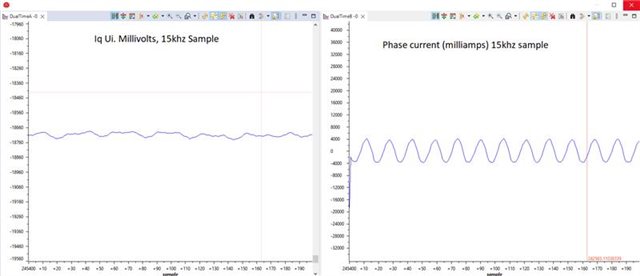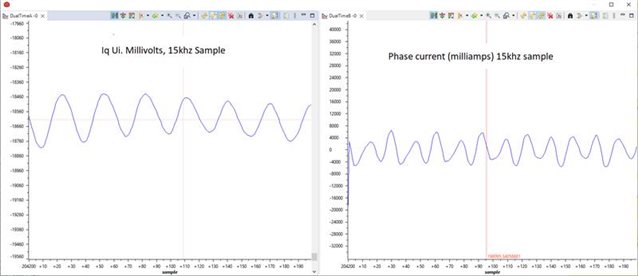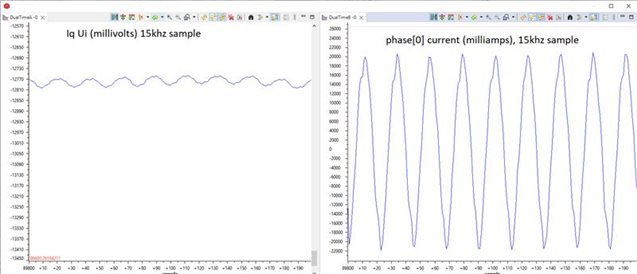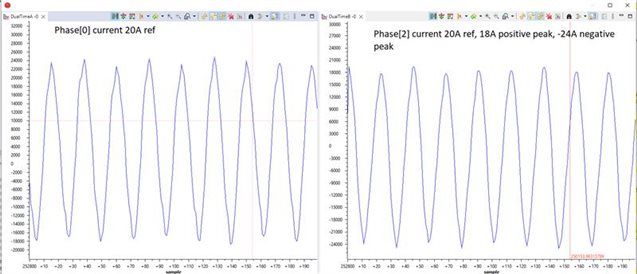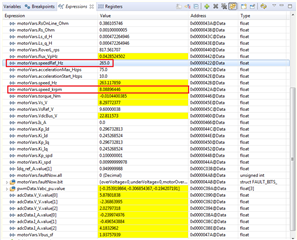Other Parts Discussed in Thread: MOTORWARE, INA4181
Hello,
We are following up on this thread: https://e2e.ti.com/support/microcontrollers/c2000-microcontrollers-group/c2000/f/c2000-microcontrollers-forum/1055503/c2000ware-motorcontrol-sdk-motor-control-issues-at-high-current-and-speed
We have obtained these values, and there was no change in the issue. We are also seeing other unresolved threads where the same issue seems to persist in the new generation of C2000 microcontrollers running instaspin: https://e2e.ti.com/support/microcontrollers/c2000-microcontrollers-group/c2000/f/c2000-microcontrollers-forum/1076968/tms320f280049c-instaspin-instability-at-high-speed---280049c-drv8353
We have since started using a new generation of C2000 on a validated product that used to use an older generation (no longer available due to chip shortages). This new system, with identical hardware other than the C2000 change, now suffers the same problems. Motor and operating parameters are exactly the same, but now we are seeing instability similar to the aforementioned posts.


